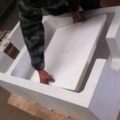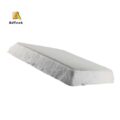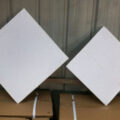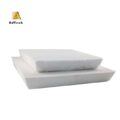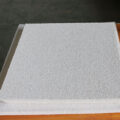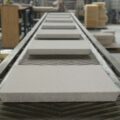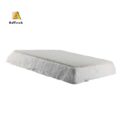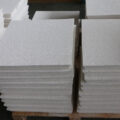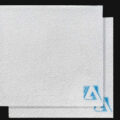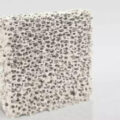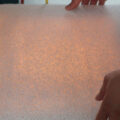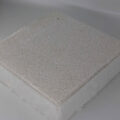Inclusions and gases in the metal have a significant impact on the strength, fatigue resistance, corrosion resistance, stress corrosion cracking performance. Effectively controlling the oxidized inclusions in the melt can improve the quality of cast rods and rolled plates, it has become a common goal pursued by metallurgy, foundry and materials industry in various countries. Currently, filtration and purification methods are widely used to remove the inclusions in the aluminum alloy melt. Practice has proved that the foam ceramic filter plate is currently the most effective tool for removing oxidized inclusions in the molten aluminum.

Inclusions in Aluminum Alloys
Some of the inclusions in the aluminum alloy come directly from the charge, while most of them are formed during the melting and pouring process, mainly oxide inclusions. All the inclusions before casting are called primary oxidation inclusions. And they can be divided into two categories according to size: one is the large inclusions with uneven distribution in the macrostructure, which makes the alloy structure discontinuous and reduces the compactness of the casting. Become the source of corrosion and cracks, thereby significantly reducing the strength and plasticity of the alloy.
The other is the fine dispersion inclusions, these inclusions can not be completely removed after refining. It increases the viscosity of the metal melt, reduces the aluminum during solidification ability of liquid to shrink.
The secondary oxidation inclusions are mainly formed during the casting process. During casting, the aluminum liquid and air contact, and oxygen and aluminum act to form oxidized inclusions. The aluminum alloy contacts various components in the furnace gas during the smelting process to form compounds, such as AL2O3. Al2O3 in the aluminum liquid will increase the hydrogen content of the aluminum residual melt. So the AL2O3 content in the aluminum liquid has a great influence on the formation of pores in aluminum castings.
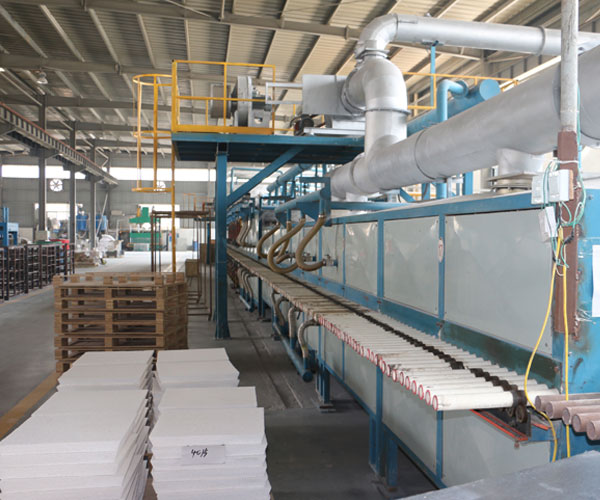
Foam Ceramic Filter Purification Method
Foam ceramic filter technology came out in the 1970s and has been widely used in the United States, Canada, Japan, France, Australia and Switzerland. It is the most effective method to remove the inclusions in the aluminum melt. Practice has proved that the foam ceramic filter plate is currently the most effective tool for removing oxidized inclusions in the molten aluminum. The general fiber filtration can only remove large inclusions, while the foam ceramic filter plate can filter out large inclusions and fine inclusions at the same time.
The foam ceramic filter plate has a multi-layer network and multi-dimensional through holes, and the holes communicate with each other. When filtering, the aluminum liquid carries the inclusions along the tortuous channels and pores, and is directly intercepted, adsorbed, and deposited when it contacts the foamed skeleton of the filter plate. When the melt flows in the hole, the filter plate channel is curved, and the melt flowing through the channel changes the flow direction. Thereby, the inclusions collide with the hole wall anvil and firmly adhere to the hole wall.
Ceramic Foam Filter Supplier
The AdTech foam ceramic filter plate is installed in the CFF filter box. The aluminum liquid flows out from the furnace mouth through the filter box, and then enters the distributing plate through the flow groove. With the extension of the filtration time, the inclusions on the surface of the filter plate and the wall of the hole increase, the filtration flow rate decreases. The choice of filter plate must be based on the flow of aluminum liquid. Secondly, the cleanliness of the melt, the maximum content of inclusions and the total throughput of the melt filter plate should be considered. It is mainly determined by the size and porosity of the filter plate. The larger the porosity of the filter plate, the worse the slag removal effect. For aluminum castings with very strict requirements, you should select filter plates with small pores.

